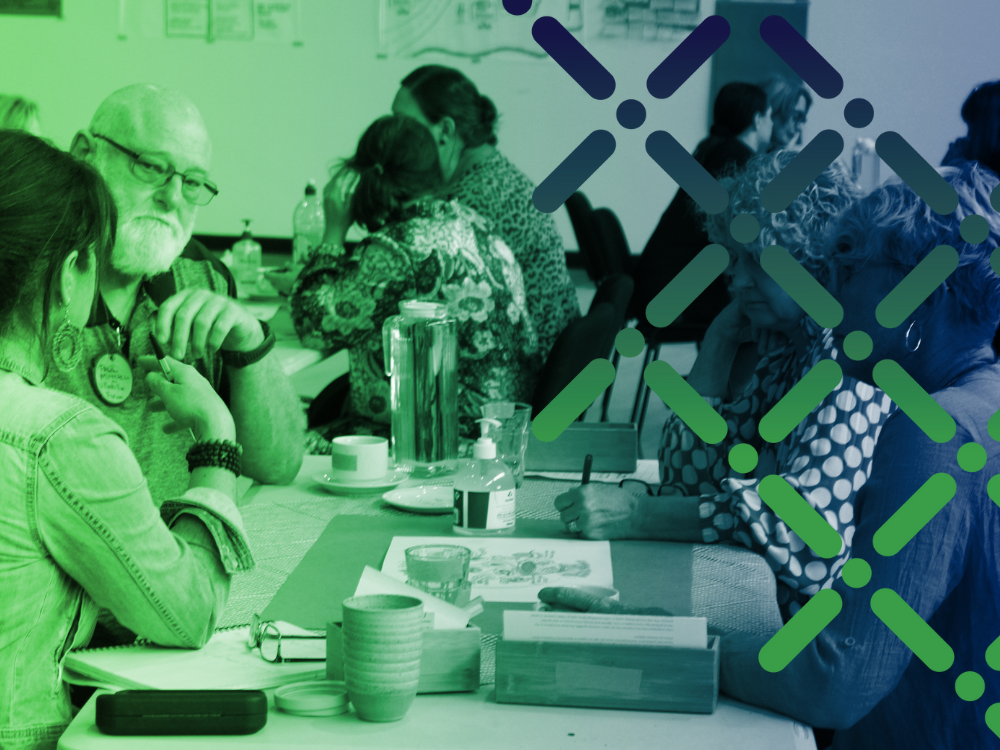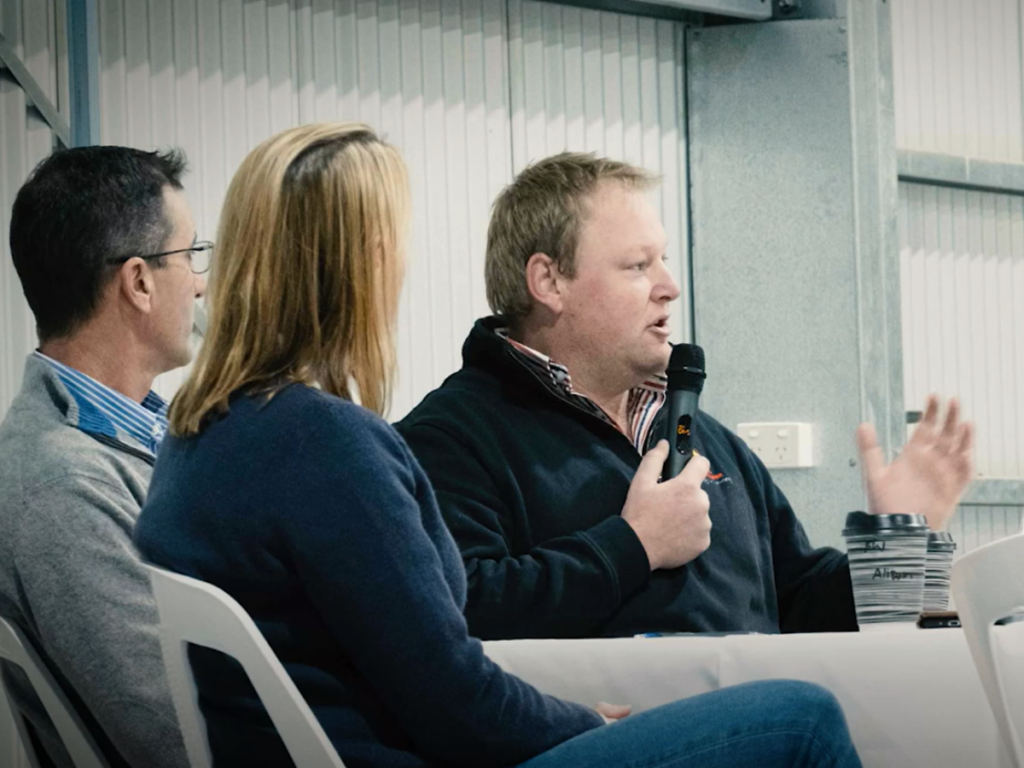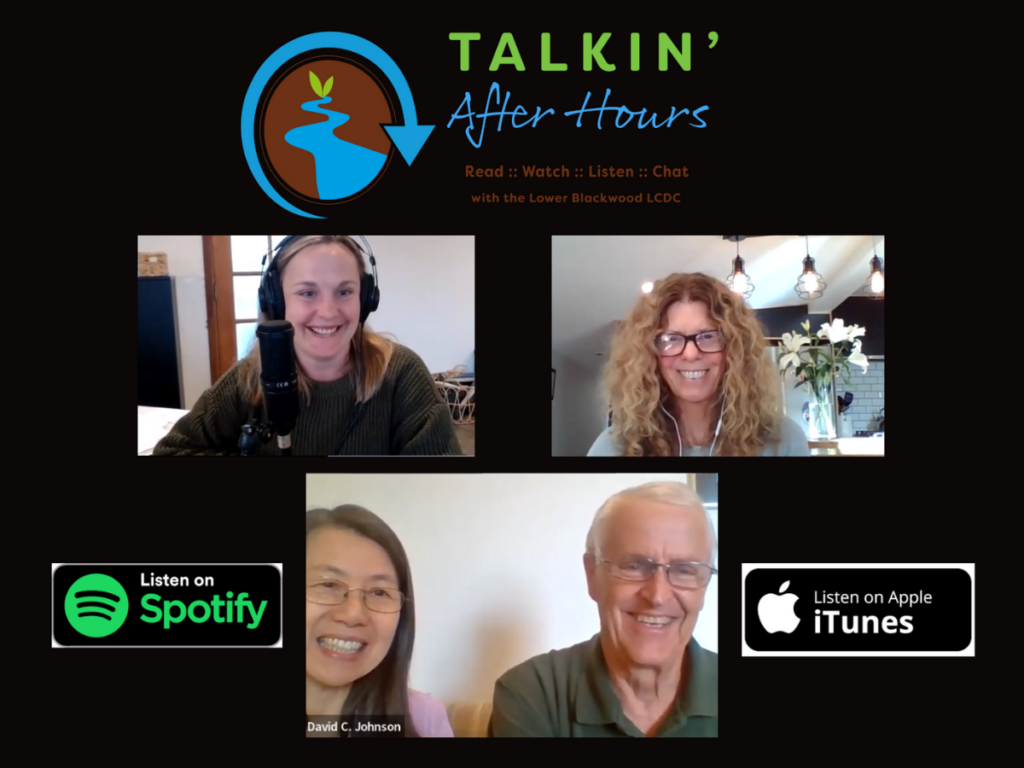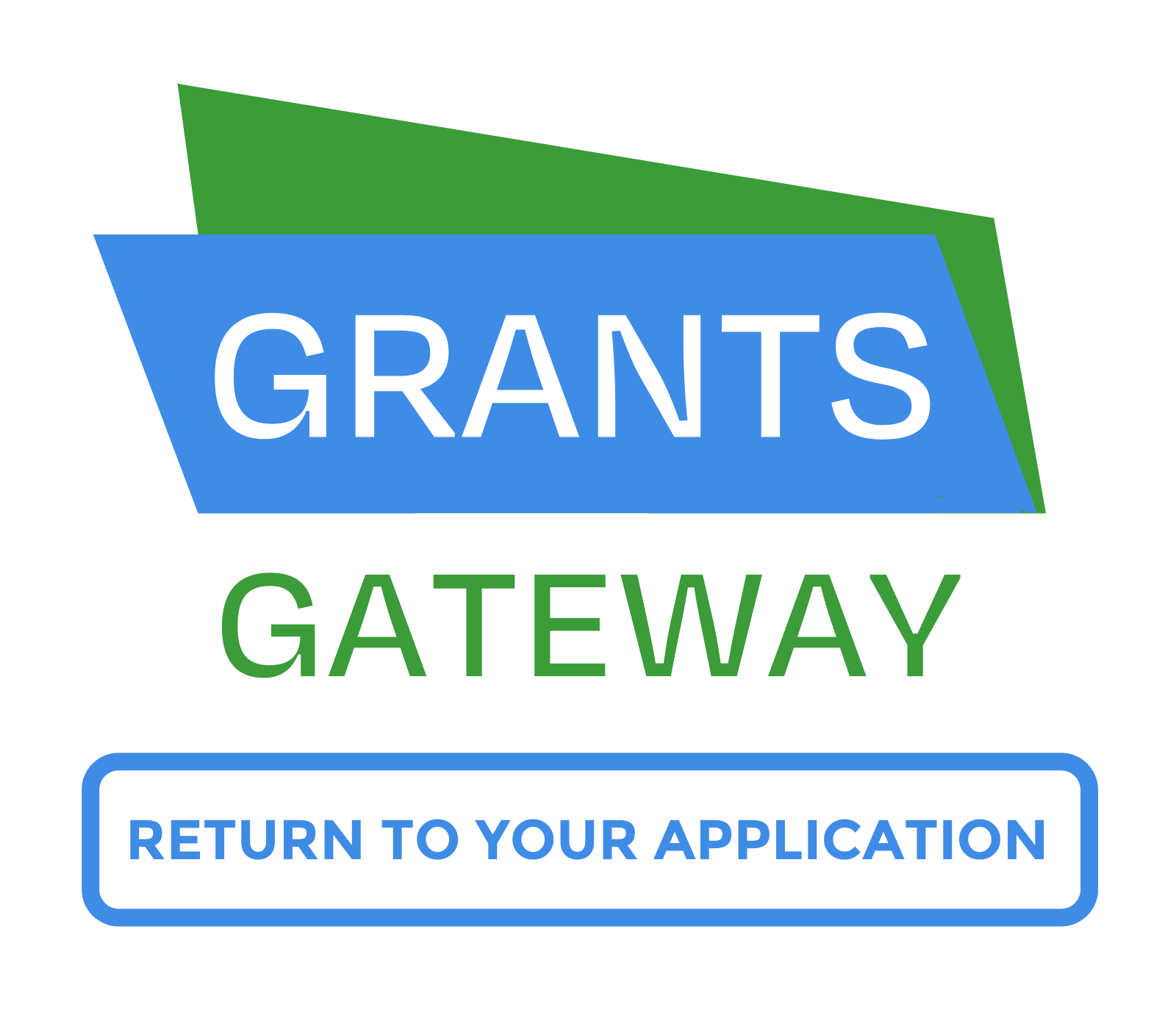Helping Regional Communities Prepare for Drought Initiative – Small Network Grants

Small Network Grants are now available to community organisations in remote, rural and regional Australia to develop and deliver one-off events or initiatives to strengthen community networks and capabilities that build drought preparedness.
Through this initiative, with the support of the Australian Government, we are investing in the future by enabling agriculture-dependent communities to identify and act on their drought preparedness priorities at a grassroots level and in ways that best suit their communities.
The Small Network Grants will fund networks, community events, training initiatives, community infrastructure, development and learning initiatives that assist local people and communities to strengthen social capital and capability to prepare for future droughts.
Grants are available across two rounds in :
– Stream 1: Grants up to a maximum of $20,000; or
– Stream 2: Grants up to a maximum of $50,000 (dependent on location).


Further Information

Round 2 is now closed.

Key Dates and Resources
How to apply
Please read the information on each of the tabs below to make sure this is the right grant for your project.
If you want to explore other grant options, please go to Find Funding Now.
I have a question, who can I talk to?
Contact our Community Engagement Coordinators for any program related queries for the Small Network Grants.
Ph: 1800 170 020 or
Email: futuredrought@frrr.org.au
Confirm you are eligible to apply for this grant
To make sure this is the right grant for your community, please read the grant information detailed in the Program Guidelines below carefully. Click on each headline to reveal the detail. If you need to share this information with others, you can download the guidelines below.
What are the program objectives?
The Small Network Grants are designed to support simple initiatives that build stronger connectedness and/or strengthen social capital that enables regional people and communities to be more prepared for, and resilient to, the impacts of drought.
Funded through the Australian Government’s Future Drought Fund, this is part of the commitment to support Australian agricultural communities to build drought resilience.
Small Network Grants are designed to support a wide range of locally relevant initiatives that will result in the following short-term outcomes:
- Improved communication, social connection, and collaboration within and between communities to support drought preparedness.
- Improved access to and use of services, infrastructure and facilities by communities that support drought preparedness.
- A greater diversity of community members and organisations contribute to drought preparedness activities.
- Increased knowledge and understanding of strategies by communities, volunteers, and not-for-profit organisations to prepare for and adapt to drought.
- Improved implementation of place-based practices by communities to build and enhance resilience to drought.
- Strengthened individual leadership capacity and capability to support community and drought resilience.
- Growth and improved strength of community-based networks.
In the long term, projects and initiatives will contribute towards:
- Stronger connectedness, and greater social capital within communities, contributing to wellbeing and security.
How much funding is available? Are there priority areas?
Applications are sought from locally based, not-for profit organisations that seek to undertake simple, one-off, or seed-type activities or initiatives that contribute to the stated program outcomes. Local collaboration is encouraged.
- The Program will offer Small Network Grants in two streams.
- Organisations may apply for no more than one request per round.
- There is no minimum request.
- This is Round 2 of 2.
Eligible Local Government Areas (LGAs) include:
Stream 1
All LGA’s in an agriculture-dependent remote, rural and regional locations (except Stream 2 locations). Priority will be given to locations where previous HRCPD activity has not been undertaken.
An indicative funding pool of $1,175,954 is available for Stream 1. Applications up to $20,000 will be accepted.
Stream 2
All LGAs from NSW Far West, NT Tablelands, NT Arid Lands, Northern QLD Dry Tropics and WA Great Southern regions only. Click here to view the list of Stream 2 eligible LGAs.
An indicative funding pool of $1,296,352 is available for Stream 2. Applications up to $50,000 will be accepted. Cross-border (Federal NRM, State and Local Government) applications are allowable where locally relevant and will be considered on their merits.
Organisations may apply for no more than one request per round. There is no minimum request.
Priorities for program investment, which will be used to inform decisions about which applications receive support, include:
Is this grant available in my area?
Stream 1
All LGAs in an agriculture-dependent remote, rural and regional locations are eligible to apply for Stream 1 funding (except Stream 2 locations). Priority will be given to locations where HRCPD activity has not been undertaken.
Stream 2
All LGAs from NSW Far West, NT Tablelands, NT Arid Lands, Northern QLD Dry Tropics and WA Great Southern regions only can apply for Stream 2 funding. A list of eligible LGAs can be found here: Stream 2 LGAs.
Cross-border (Federal NRM, State and Local Government) applications are allowable where locally relevant and will be considered on their merits.
What can be funded?
Applications are sought from locally based, not-for profit organisations that seek to undertake simple, one-off, or seed-type activities or initiatives that contribute to the stated program outcomes. Local collaboration is encouraged.
The Small Network Grants will fund networks, community events, training initiatives, community infrastructure, development and learning initiatives that assist local people and communities to strengthen social capital and capability to prepare for future droughts.
Projects may include:
What can’t be funded?
There are a range of areas that we cannot fund through this program, including:
If unsure, please contact us to discuss your eligibility prior to lodging your application.
Please note: Staffing and reasonable program delivery costs to support the coordination and delivery of planned activity or project are considered an eligible expense.
Is my organisation eligible?
To apply, your organisation must meet the following criteria:
Please note, you will be considered ineligible if the:
Gather information to support your grant application
Please read the information below to support the planning and preparation of your project. It also sets out what you MUST include for your project to be considered. There are plenty of helpful resources to support you along the way.
Please contact FRRR if you have any questions about the following information.
Your grant application MUST include:
Eligible legal entities
Every application needs to include an organisation that holds either an ABN or Incorporation Certificate. If your organisation doesn’t have that, FRRR may still fund the project but you need another organisation’s support, which we refer to as the ‘legal organisation’ (with your organisation being the delivery organisation). This situation often occurs when the organisation delivering the activity or project is a branch of an overarching organisation – such as a local CWA or YMCA branch. In this case, the CWA or YMCA would be the legal organisation.
Even though your organisation may complete the application (and will be doing the work), it’s the ‘legal organisation’s’ legal and financial information that needs to be provided. They also need to provide a letter of support, confirming they are willing to play this role.
Why is this important?
This program is only able to distribute funds to not-for-profit organisations with an ABN or Incorporation Certificate, and FRRR needs to know that the organisation with that ABN / Incorporation number understands and agrees to carry out their responsibilities in relation to your project, if successful.
Financial information
Applications received without the requested financial information are ineligible. Providing incorrect financial information is currently the most common reason why applications are not able to be considered. You must attach the following:
Please note:
Please contact us if you cannot provide required financials or you are unsure about what to provide.
Why is this important?
FRRR uses this information to understand your organisation’s financial viability and ability to manage grant funds.
Project budget
You must include a project budget that clearly shows the items that FRRR grant funds would be used for and that also shows all income and expenses related to your project.
Budgets should be realistic and must add up – i.e. total expenditure must match total income.
Applicant contributions in cash or in-kind are highly regarded. Quotes or detailed rationale for items over $1,000 are required, where possible. Note: FRRR suggests costing unskilled volunteer labour at $45 per hour.
For more info on costing volunteer labour, visit: https://explore.fundingcentre.com.au/help-sheets/valuing-volunteer-labour.
Why is this important?
A clear budget helps FRRR to understand the size of your project, exactly how FRRR funds will be spent and helps demonstrate community support for your project through in-kind contributions either from your organisation or partners / community members.
Helpful resources:
Supporting materials
FRRR strongly recommends that you provide supporting materials such as letters of support, community plans, survey results, photographs, media clips and research reports that can show broad community support and partnerships involved in the project.
Large documents should be referenced and explained in the application.
Why is this important?
FRRR seeks to fund projects that are well-supported by the broader local community, are locally-led and delivered, show good partnerships and benefit multiple parts of the community. As FRRR is not always familiar with your community, our staff consider support material as evidence toward understanding the level of community need, benefit and support.
Helpful resources:
Clear project information
A clear description of exactly what the grant funds will be used for, when and where the project will happen, who will benefit and who will be involved in delivering the project, why the project and grant funds are needed, how funds will be spent and how the activities and success of the project will be recorded, evaluated and shared.
Where possible, we encourage you to make it really clear that your community is ready and able to deliver the project and if required, can provide ongoing support for the initiative.
Why is this important?
FRRR needs to clearly understand your project to assess its merits. Applicants should focus on addressing the what, when, where, who, why and how of the project, as this is the best way to clearly communicate the details of the project.
A ready community is best placed to achieve the aims of your project, so during assessment, our staff look for information that tells us that good leadership, skills and awareness exist in your community to support the project now and in the future.
Helpful resources:
Focus area
We have grouped the kinds of projects communities commonly ask us to help fund into seven areas, which we call the Activity Tree:
1. Building community resilience
2. Developing organisational resilience and capacity
3. Enhancing environmental sustainability
4. Fostering cultural vibrancy
5. Lifelong learning and education
6. Economic strength
7. Improving community health and social wellbeing
We ask you to nominate one of those seven areas when you apply. So, before you lodge your application, download the Activity Tree to help you identify your focus area.
Why is this important?
FRRR makes grants to communities, but we also need to be able to demonstrate to our funding partners where communities need support.
Need some more help?
We have a large selection of resources on our Grant Seeker Resources Page to help you along the way.
Submit your grant application via the Grants Gateway
Applications are now closed. Funding will be announced in mid-late June.
Please contact FRRR if you have questions about any aspect of the Grants Gateway online application form.

Apply now for
grants up to $20K
(Stream 1)

Apply now for
grants up to $50K
(Stream 2)
Helpful resources:
It is time to submit your application. To help you plan and prepare your application, you can download a sample copy of the application forms:
Please read the instructions on how to use the Grants Gateway How-to Guide and have your questions answered with our Grants Gateway FAQs.
Before you submit your Expression of Interest via the online Grants Gateway, please ensure you have:
Small Network Grants Program: Definitions and Frequently Asked Questions
Please read the information below to help you learn more about the program.
If you have any further questions, please contact Kate Nolan, Program Manager, by emailing futuredrought@frrr.org.au or free call 1800 170 020.
Definitions
1 Derived from https://www.macquariedictionary.com.au/features/word/search/?search_word_type=Dictionary&word=strategy, retrieved 2022
2 Department of Agriculture, Water & Environment (2022) National Agricultural Innovation Agenda: Digital foundations for agriculture strategy (awe.gov.au). p.37
Frequently Asked Questions (FAQs)
1. How did the program come about?
The Small Network Grants program is one of five elements within the Australian Government’s Future Drought Fund’s (The Fund) Helping Regional Communities Prepare for Drought Initiative. The Fund is a long-term Australian Government investment established under the Future Drought Fund Act 2019 and provides a sustainable source of funding to help Australian farmers and agricultural communities become more prepared for, and resilient to, the impacts of drought. The purpose of the Fund is to enhance the public good by building drought resilience. The Fund is part of the Government’s Drought Response, Resilience and Preparedness Plan.
2. What’s the program’s purpose?
The Small Network Grants are designed to support local initiatives that build stronger connectedness and/or strengthen social capital that enables regional people and communities to be more prepared for, and resilient to, the impacts of drought. This will be achieved by delivering one-off events or initiatives that strengthen community capability to build drought preparedness.
3. How does the program work, and what funds are available?
Applications are sought from locally based, not-for profit organisations that seek to undertake simple, one-off, or seed-type activities or initiatives that contribute to the stated program outcomes. Local collaboration is encouraged.
- The Program will offer Small Network Grants in two streams.
- Organisations may apply for no more than one request per round.
- There is no minimum request.
- This is Round 2 of 2.
Eligible Local Government Areas (LGAs) include:
Stream 1
All LGA’s in an agriculture-dependent regional, rural or remote location (except Stream 2 locations). Priority will be given to locations where previous HRCPD activity has not been undertaken.
An indicative funding pool of $1,175,954 is available for Stream 1. Applications up to $20,000 will be accepted.
Stream 2
All LGAs from NSW Far West, NT Tablelands, NT Arid Lands, Northern QLD Dry Tropics and WA Great Southern regions only. Click here to view the list of Stream 2 eligible LGAs.
An indicative funding pool of $1,296,352 is available for Stream 2. Applications up to $50,000 will be accepted. Cross-border (Federal NRM, State and Local Government) applications are allowable where locally relevant and will be considered on their merits.
Organisations may apply for no more than one request per round. There is no minimum request.
4. Who is eligible to apply?
Applicant organisation must be a not-for-profit organisation with an ABN or Incorporation Certificate. Organisations with or without DGR-1 endorsement are eligible. The proposed project must be for charitable purposes and offer clear public benefit in communities in remote, rural or regional Australia that are agriculture-dependent.
Stream 1
All LGAs in an agriculture-dependent regional, rural or remote location are eligible to apply for Stream 1 funding (except Stream 2 locations). Priority will be given to locations where HRCPD activity has not been undertaken.
Stream 2
All LGAs from NSW Far West, NT Tablelands, NT Arid Lands, Northern QLD Dry Tropics and WA Great Southern regions only can apply for Stream 2 funding. A list of eligible LGAs can be found here: Stream 2 LGAs.
Cross-border (Federal NRM, State and Local Government) applications are allowable where locally relevant and will be considered on their merits.
5. What types of projects can be funded?
Projects could support networks, community events, training initiatives, community infrastructure and development, and learning initiatives that assist local people and communities to strengthen social capital and capability to prepare for future droughts. Projects may include:
Our dedicated team will work alongside agricultural-dependent communities to help them to address the gaps they identify, by providing grant funding.
6. What does drought preparedness mean?
Drought preparedness means the ability to adapt, reorganise or transform in response to changing temperature, increasing variability and/or scarcity of rainfall, and changing seasonality of rainfall, for improved economic, environmental and social wellbeing.
The Future Drought Fund’s vision is an innovative and profitable farming sector, a sustainable natural environment and adaptable rural, regional and remote communities — all with increased resilience to the impacts of drought and climate change.
7. Why is drought preparedness so important?
It’s clear that the climate is changing and the frequency and severity of dry periods and droughts in the future is predicted to increase. Many individual farmers are taking proactive steps to prepare and respond, and it is important that the communities that they rely on also have opportunities to come together and do the same.
Having communities actively engaged in preparing for drought will help people engage with risk and take an informed approach to plan.
Drought can create difficulties in maintaining the social fabric or social capital of rural and regional Australia, which may threaten the viability of some rural communities. Despite sometimes sharing similar challenges, Australia’s rural and regional communities differ greatly — socio-economically, climatically, geographically, economically, and in their proximity to large regional centres.
Social capital is built on social networks of trust, mutual support and understanding. When people are part of social networks, they are more involved in community life. Community and economic diversity is an important factor in increasing resilience. Drought can reduce people’s ability to work together for the benefit of the whole community. For example, when people experience stressors impacting on their individual or family circumstances, they may have reduced capacity to engage in social and business networks. This may also reduce their capacity to empathise with their peers and learn innovative ways to manage through drought. It also reduces capacity to engage in community projects, sporting activities or voluntary work, all of which can help keep rural communities vibrant, prosperous and contribute to ongoing resilience against various shocks.
From our years working on the ground, we know that local people are best placed to know what they need. Through this program, with the Australian Government’s support, we’re investing in the future, enabling agriculture-dependent communities to identify and act on their drought preparedness priorities at a grassroots level.
8. Does my area have to be currently experiencing or recovering from drought?
No. To apply, your community just needs to be in one of the areas identified as an eligible LGA listed in the Program Guidelines. This program is about preparing for drought, and is designed to build strong social connectedness, strengthen social capital, and support transformative activities that enable regional communities to be more prepared for, and resilient to, the impacts of drought.
9. What about other natural disasters, such as floods?
The Future Drought Fund’s Small Network Grants program does not support resilience building activities related to other climate hazards such as fires, floods or cyclones.
However, if regional or remote communities are interested in undertaking preparedness and resilience building skill development or capacity building activities relating to other climate hazards such as fire, flood or cyclones, they are encouraged to contact FRRR via recovery@frrr.org.au with their project ideas, where they will be directed to the most appropriate funding source.
10. Can Councils apply for funding?
Councils can apply for funding provided the project demonstrates clear community benefit and aligns with the Future Drought Fund program objectives.
11. I want to deliver a project across multiple regions or states. Is this eligible?
We ask that you please call us to discuss this before you apply. Call 1800 170 020.
12. What are the critical dates I need to know about?
The program will be delivered in two rounds. Round dates are as follows:
Key Dates (Round 2 of 2 – Small Network Grants)
13. What can’t be funded?
Please refer to the Small Network Grants program guidelines located on the Program Guidelines tab.
14. How do I apply for funds?
All applications must be received via FRRR’s online application portal, Grants Gateway. The link to apply is on the Apply Now tab.
15. Do I need to co-contribute to this project?
No co-contribution is required.
16. What is the process to receive funds?
FRRR staff assess all applications on their merit against each of the assessment criteria and compare them with other applications. Applications are then shortlisted for deliberation by the Future Drought Fund Program Advisory Committee, which makes recommendations to the FRRR Board. The FRRR Board makes the final determination about which projects are funded, to ensure they reflect our contractual obligations to the Australian Government’s Department of Agriculture, Fisheries and Forestry, and are within the remit of the Future Drought Fund Act 2019. Outcome notifications will be emailed to the head of all applicant organisations, including those who are unsuccessful. FRRR continues to encourage unsuccessful applicants to connect with staff to receive feedback on their submissions.
17. If successful, when can I start my project?
A grantee must not commence work on the project activities before a grant agreement is executed with FRRR. Payment will not be back-dated for activities that commenced before the execution of the grant agreement, and no payments will be made unless a grant agreement has been executed.
18. Where can I find out more information?
Please ensure that you read the information on this page carefully and in the Guidelines. If you still have questions or are unsure about something, please contact one of our FRRR Community Engagement Coordinators:
Ph: 1800 170 020 or
Email: futuredrought@frrr.org.au
“Lessons learnt from previous drought shared amongst the network are of such high importance, and this funding has created a platform for us to be able to do that across our community: making brave decisions to pick up your commodity and move it to a more safer place off your farm where someone else looks after it; for fear of hanging onto it in a drought, would devastatingly mean losing it all together. It is important to share real & raw drought stories like this within our drought preparedness forums, as it allows others insight, energy and a safe educational space other to think outside the box.”
Grant recipient from Networks to Build Drought Resilience program
Inspiration – Past projects
Explore some of the projects we’ve previously funded through the Networks to Build Drought Resilience program to see how other organisations have helped their community thrive.

Upper North Farming Systems’ tools, tech and transformation
A $20,000 Networks to Build Drought Resilience grant enabled UNFS to deliver the ‘Tools, Tech and Transformation’ workshop for farmers and agribusinesses. The key event was followed by a series of nine Hub events to provide the opportunity for networking, info-sharing, and learning about new farming systems and techniques to improve drought resilience.

Improving young farmer mental resilience in times of drought
FarmLink Research Ltd in Temora, NSW, received a $10,000 grant through the Australian Government’s Future Drought Fund’s Networks to Build Drought Resilience grant program to host an event for young farmers to build the skills and networks required to manage the impacts of stress during drought, intergenerational relationships and communicating effectively within family farm businesses.

Online community forum and information hub connects Karridale
The Lower Blackwood Land Conservation District Committee in south west WA developed an online community forum and information hub that could bring the community together to connect and learn. Supported by the Australian Government’s Future Drought Fund, FRRR provided $49,850 to assist the LBLCDC with the design and delivery of their digital platform.


